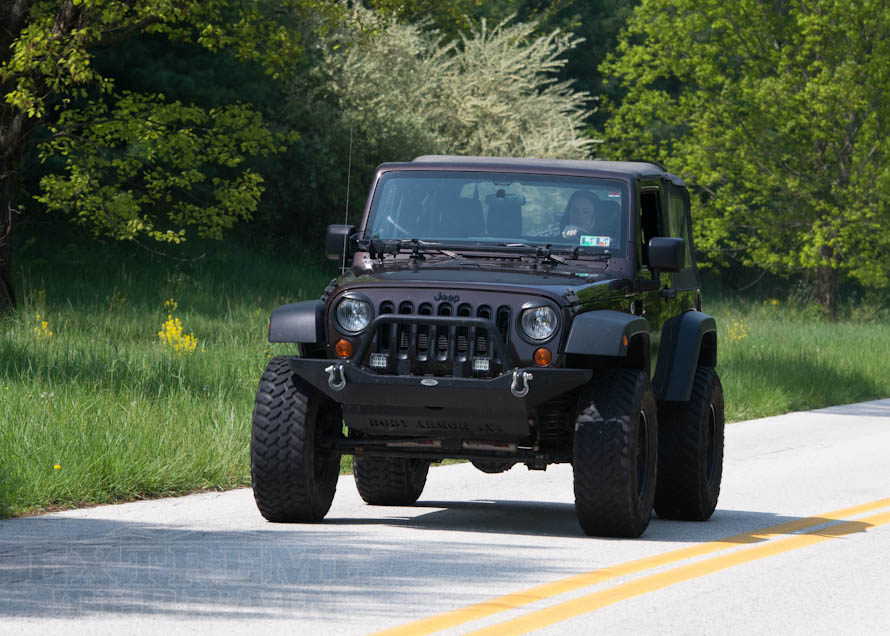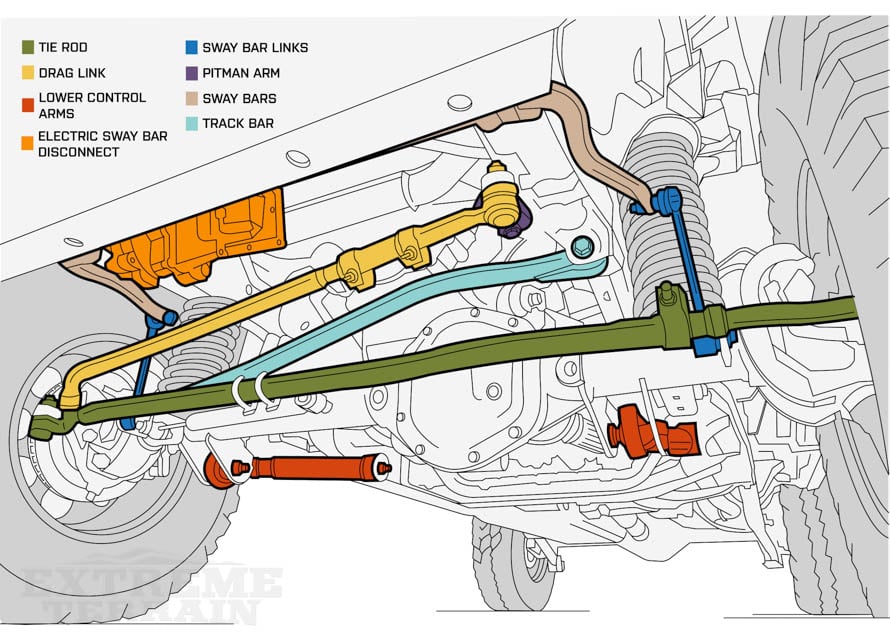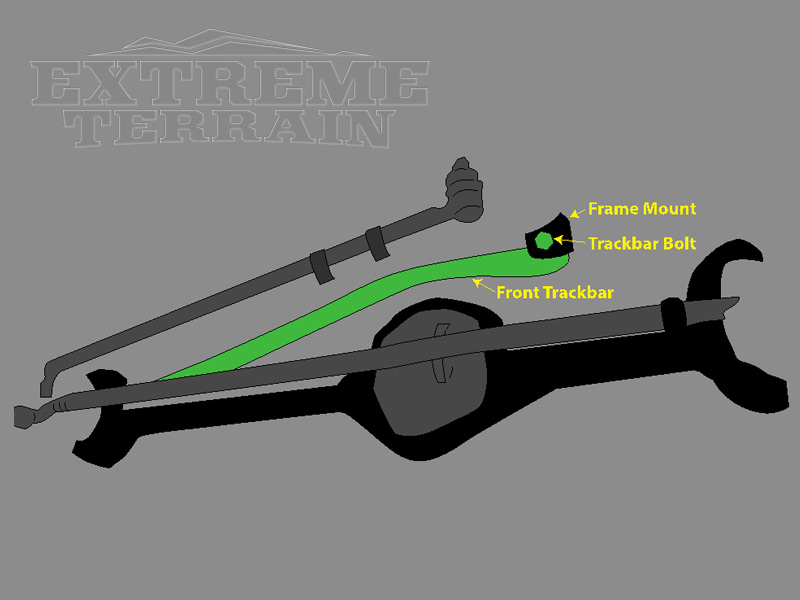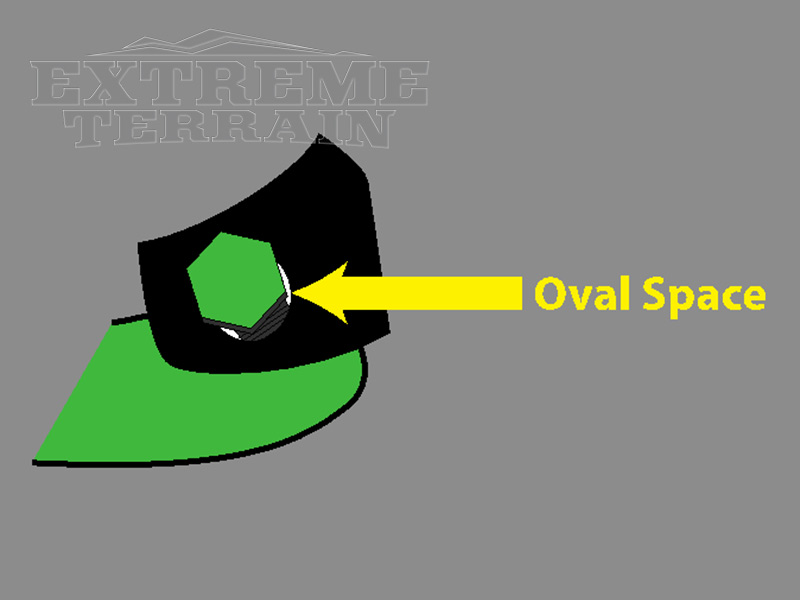Death wobble, sometimes called speed wobble, is a common problem that plagues the Wrangler community. This guide will detail what causes Wrangler death wobble, and how to fix the problem.
Contents
- What is Death Wobble?
- What Causes Wrangler Death Wobble?
- What to do When Death Wobble Happens?
- How to Fix Death Wobble?
- Diagnosing Jeep Track Bar Problems
- Testing Your Jeep's Ball Joints
- How to Check Your Jeep's Tie-Rod Ends
- Inspect Your Jeep's Control Arms & Wheel Bearing
- Can Tires or Wheels Cause Death Wobble?
- Can a Bad Alignment Cause Death Wobble?
- Can I Fix My Jeep at Home?
- How Much Will My Jeep's Death Wobble Fix Cost Me?
Shop Wrangler Suspension
Keeping your Wrangler's suspension is working properly is one way to prevent death wobble. Rather than replacing parts with stock components, you can upgrade your Wrangler's suspension to further your rig's performance and keep death wobble at bay.







